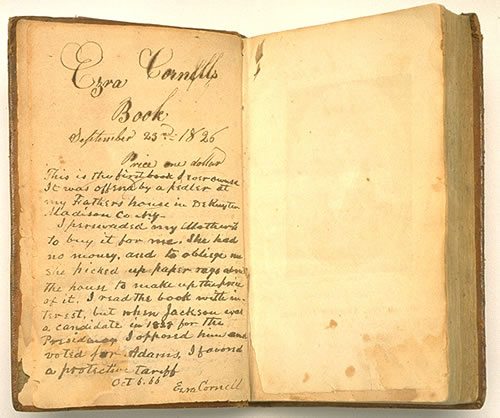As a corollary to my collecting
Concealed within the floridly-written, column-inch-gobbling ads for hair oil and patent medicines and ladies’ stays are tidbits that can be surprising and amusing, and definitely open a new window onto the world of fashionable London in those years.
For example, in The Universal Advertising Sheet for La Belle Assemblée dating December 1813, we have the following:
Is desirous of obtaining a situation as Attendant on one or two Ladies, where she would be required to make Dresses and other Needle Work. Her Family are very respectable, and the most unexceptionable References can be given.
Letters directed, post paid, to M. A. at Mrs. Dovey’s, No. 7, Edward-street, Portman-square, will receive attention.
I wonder what M.A.’s story was? Was she an orphan? An eldest daughter in a large family? The writer’s mind begins to teem...
And for those coffee aficionados among us (raises hand...) – instant coffee and creamer! Not to mention samples!
Sold at his manufactory, No. 79, Great Titchfield-street, Mary-le-Bone, London; and by various Grocers, Druggists, &c. in Tow and Country, in Half-pint Bottles.
Turkey.................5s. 6d
Bourbon...............3s. 6d. Bottles included
Plantation.............2s. 6d
A small tea-spoon full of the Essence,
put into a coffee cup of boiling water, with sugar and cream, instantly makes a
cup of strong clear coffee.The Essence of Coffee, made from October to April, will keep for years in any climate.
Sold also as above, HAWKINS’S PRESERVED CREAM, which will keep good in any climate, and is equal to new Cream for enriching the Flavour of Coffee and Tea. Price 2s. 6d the Half-pint Bottle.
It being impossible to make good Coffee without Pure Water, HAWKINS’S PORTABLE FILTERING VESSELS are recommended, prince 4s. and upwards.
In order to give the Public an opportunity of judging for themselves, Coffee from the Essence and Preserved Cream will be made at any hour of the day, at 3d. per cup, including a biscuit.
Including a biscuit? I'm in!
This one piques my interest...
 MRS.
MORRIS’S PATENT INVISIBLE PETTICOATS, OPERA ELASTIC UNDER DRESSES, LADIES’
DRAWERS, AND WAISTCOATS
MRS.
MORRIS’S PATENT INVISIBLE PETTICOATS, OPERA ELASTIC UNDER DRESSES, LADIES’
DRAWERS, AND WAISTCOATSMrs. Morris respectfully informs those Ladies that have honoured her with their commands for several years past, and the Nobility at large, she continues to make large supplies of her celebrated Patent Invisible Petticoats, Elastic Opera Under-dresses, Waistcoats, Hunting and other Drawers, for winter, made of Vigonia and real Spanish Lambs’ Wool; article for which safety against colds warmth, and comfort, cannot be equaled, and at the same time will add much less to the size than any other article that can possibly be worn for warmth; all of which are warranted never to shrink by washing....
I would love to know what a Patent Invisible Petticoat was made of. My fantasy writing instincts are all a-quiver...
And last, here’s a bit of a surprise...
JASPER TAYLOR and SON, have the pleasure of informing the Nobility, Gentry, and their numerous Friends, that by long perseverance, and at no inconsiderable labour and expence in the proper choice and selection of the Fruit, they have at length brought this admired article to the highest possible state of perfection. They now, therefore, confidently recommend it to the Public, from its great richness and utility; giving the most delicious flavour to made Dishes, Soups, Roast Meat, &c. It is an admirable addition to Fish Sauce, and is warranted to keep for a length of time in any climate. Sold in bottles, at 2s. and 4s. each, at their Family Oil and Sauce Warehouse, No. 17, Lower Holborn.
Not sure they were putting it on their fries (or should I say chips? ☺) but hey, there you go!
Did you find this interesting? Shall I post about any other ads that tickle my fancy or talk about something unexpected?
























